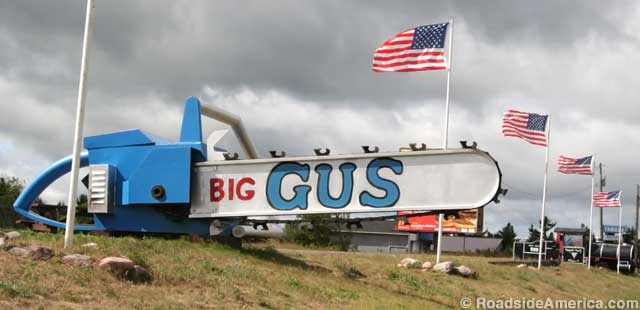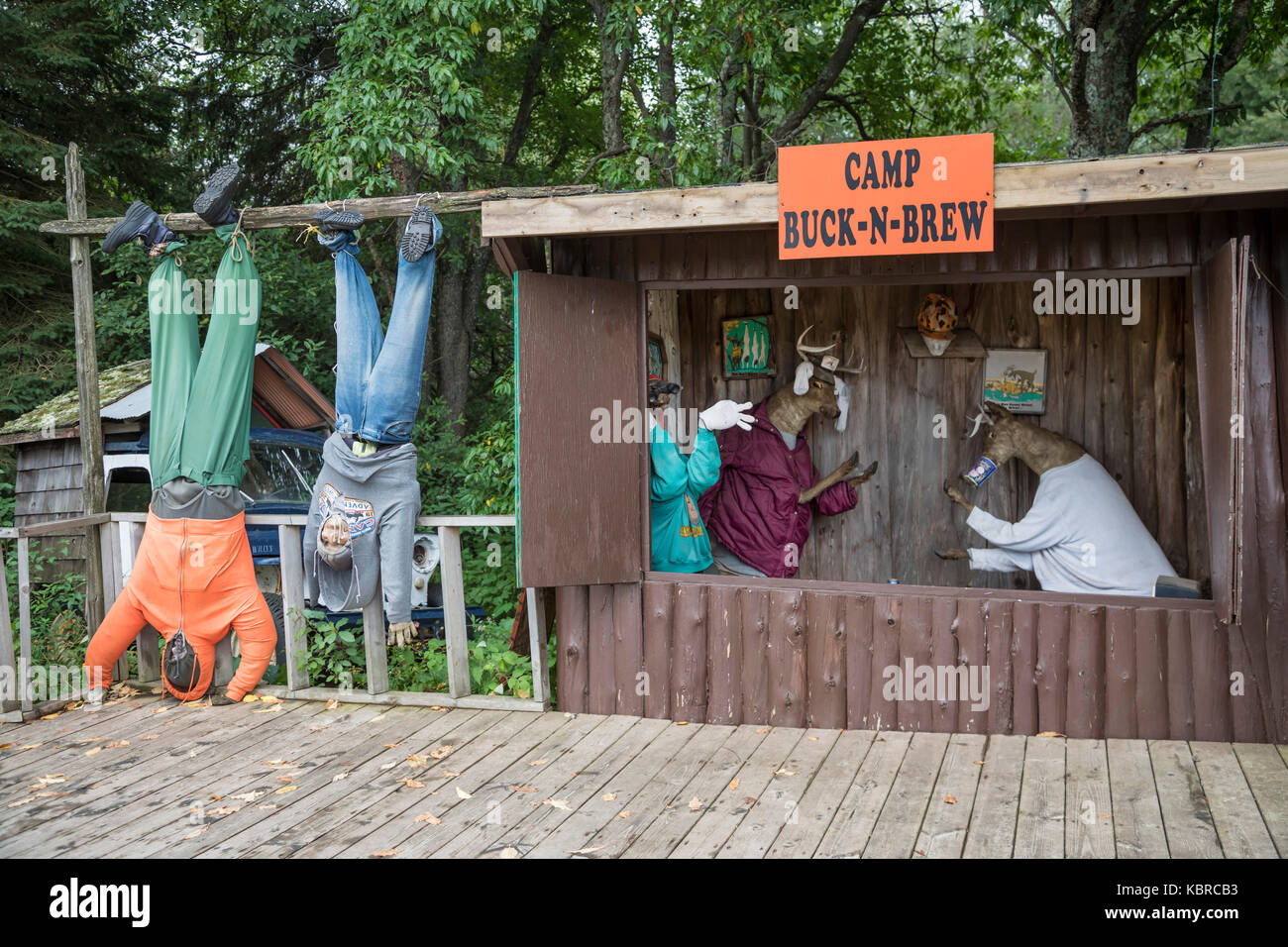Traveling is an adventure, full of new experiences, cultures, and breathtaking landscapes. However, not every destination lives up to the hype, and tourists often find themselves unwittingly caught in the web of tourist traps. In this article, we will explore what a tourist trap is, share personal experiences, and provide valuable tips on navigating these often-overrated attractions. You’ll learn how to distinguish between genuine experiences and those that are simply a tourist’s nightmare.
What is a Tourist Trap?
A tourist trap is commonly defined as a destination or attraction that is heavily marketed to tourists, typically over-promising and under-delivering in terms of value. These spots often charge exorbitant prices, cater to mass tourism, and can leave visitors feeling disappointed.
Characteristics of a Tourist Trap
- High Prices: Often, tourist traps charge significantly more than local options.
- Commercialization: They tend to be overly commercialized, diluting the authentic culture.
- Long Wait Times: Expect substantial queues for entry or service.
- Subpar Quality: The experience often doesn’t match the hype advertised.
Personal Experiences with Tourist Traps
During my travels, I’ve encountered my fair share of tourist traps. One memorable experience was my visit to the infamous Times Square in New York City. It’s iconic, but the overwhelming crowds, inflated food prices, and little to offer beyond the bright lights made it feel more like a gaudy amusement park than a cultural landmark.
Lessons Learned from Tourist Traps
My time in Times Square taught me valuable lessons about seeking local experiences. Instead of dining in the chaotic atmosphere, I ventured a few blocks away and discovered a cozy café with authentic New York cuisine at a fraction of the cost.
Identifying Popular Tourist Traps

Top Tourist Traps Around the World
| Location | Why It’s Considered a Tourist Trap | Alternatives |
|---|---|---|
| Times Square, NYC | Over-commercialized with high prices. | Local eateries in Hell’s Kitchen |
| Venice Canals, Italy | Gondola rides are overpriced and crowded. | Explore by foot or take a Vaporetto |
| Hollywood Walk of Fame, USA | Overrun with street performers and tourists. | Visit Griffith Observatory for a view of the city |
| The Leaning Tower of Pisa | Tourist selfies can feel more like a circus. | Explore surrounding lesser-known towns |
| The Eiffel Tower, Paris | High entrance fees and long lines. | Picnic at the Champ de Mars with a view |
Pros and Cons of Visiting Tourist Traps
Advantages
- Iconic Experiences: They are famous for a reason; they often provide memorable visuals and experiences.
- Convenience: Often centrally located and easy to access.
- Social Media Worthy: Perfect for capturing Instagram-worthy shots.
Disadvantages
- Cost: They often come with high entry fees.
- Crowds: Expect large groups and long lines.
- Quality: Experiences may be watered down for mass appeal.
How to Avoid Tourist Traps

While it can be challenging to avoid all tourist traps, here are some practical tips to help you enjoy your travels more authentically:
1. Do Your Research
Before you travel, look up reviews, travel blogs, and social media posts from fellow travelers to get an idea of what to expect from various attractions.

2. Seek Local Recommendations
Ask locals for their favorite spots to eat, visit, and explore. They’ll often lead you to hidden gems that tourists overlook.
3. Be Wary of Packages
Be cautious of tour packages that promise a “complete experience” at a higher price. Generally, these can lead to rushed visits of multiple attractions.
4. Travel Off-Peak
Visit popular attractions during off-peak hours to avoid large crowds and long waits.
Comparing Tourist Trap Products
If you’re planning to visit a famous tourist trap, you might consider some products to enhance your experience. Here’s a comparison of guidebooks that might assist you in finding the better options:
| Product | Rating | Price | Description |
|---|---|---|---|
| Lonely Planet’s Italy | 4.7/5 | $25 | Thorough guide with off-the-beaten-path recommendations. |
| Rick Steves’ Europe | 4.6/5 | $30 | Detail-oriented with a focus on cultural insights. |
| Fodor’s Travel Guide | 4.5/5 | $28 | Comprehensive with user-friendly layout. |
Frequently Asked Questions (FAQs)
What are some examples of famous tourist traps?
Popular tourist traps include Times Square in New York, the Eiffel Tower in Paris, and the Leaning Tower of Pisa in Italy.
Are tourist traps worth visiting?
It depends on your travel goals. While they often offer iconic sights, they may come with high costs and crowds. Explore local alternatives for a more authentic experience.
How can I find hidden gems while traveling?
Use travel forums, social media, and local recommendations to discover lesser-known attractions and dining spots.
Conclusion
Traveling is about creating experiences and memories, and while tourist traps can sometimes detract from that, they can also be a part of the adventure. By understanding what a tourist trap is, learning from personal experiences, and employing strategies to navigate around them, you can enhance your travel journey. Next time you plan a trip, consider seeking the authentic experiences that make travel so rewarding, while still indulging in a few iconic attractions.
Happy travels!